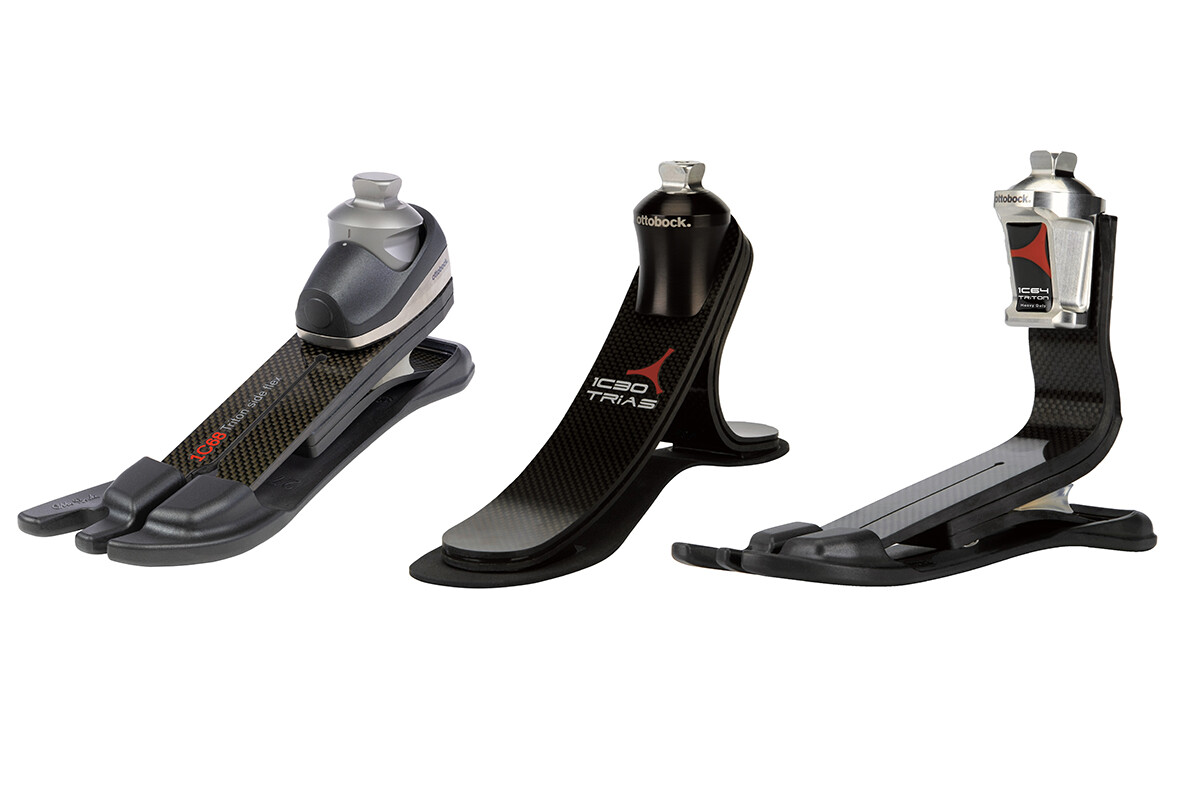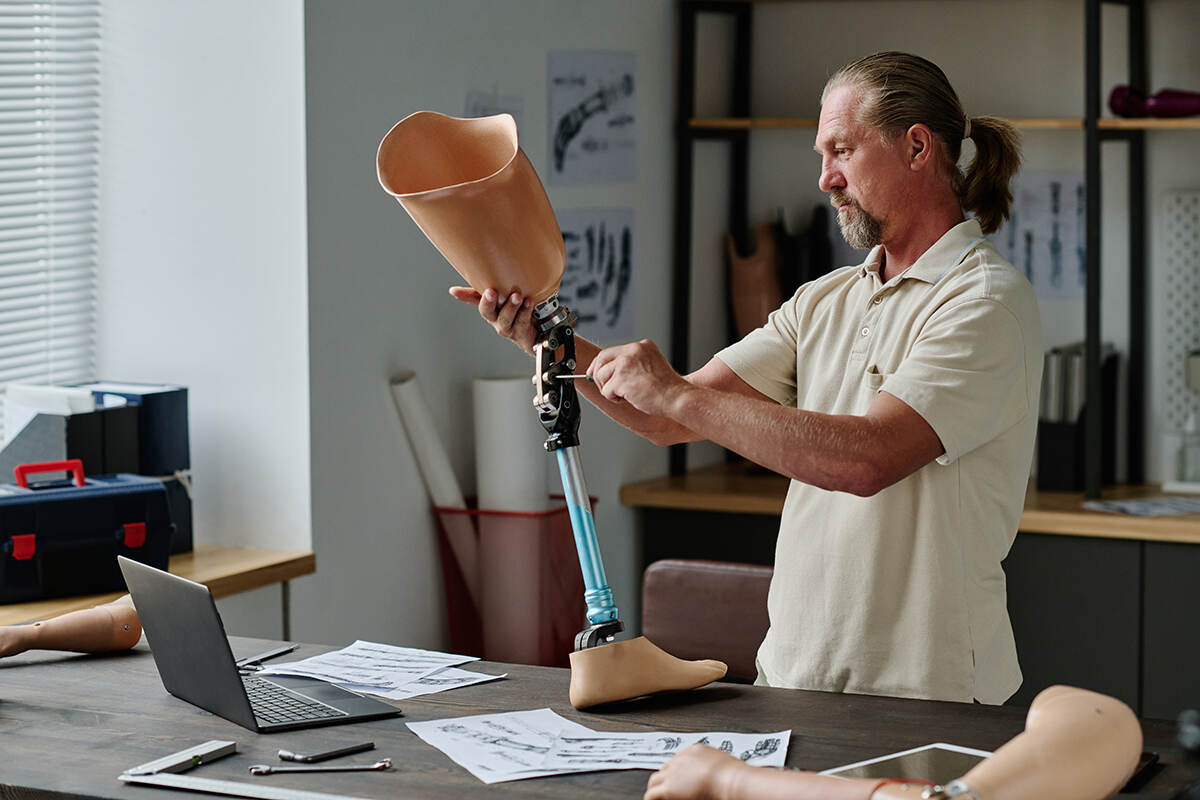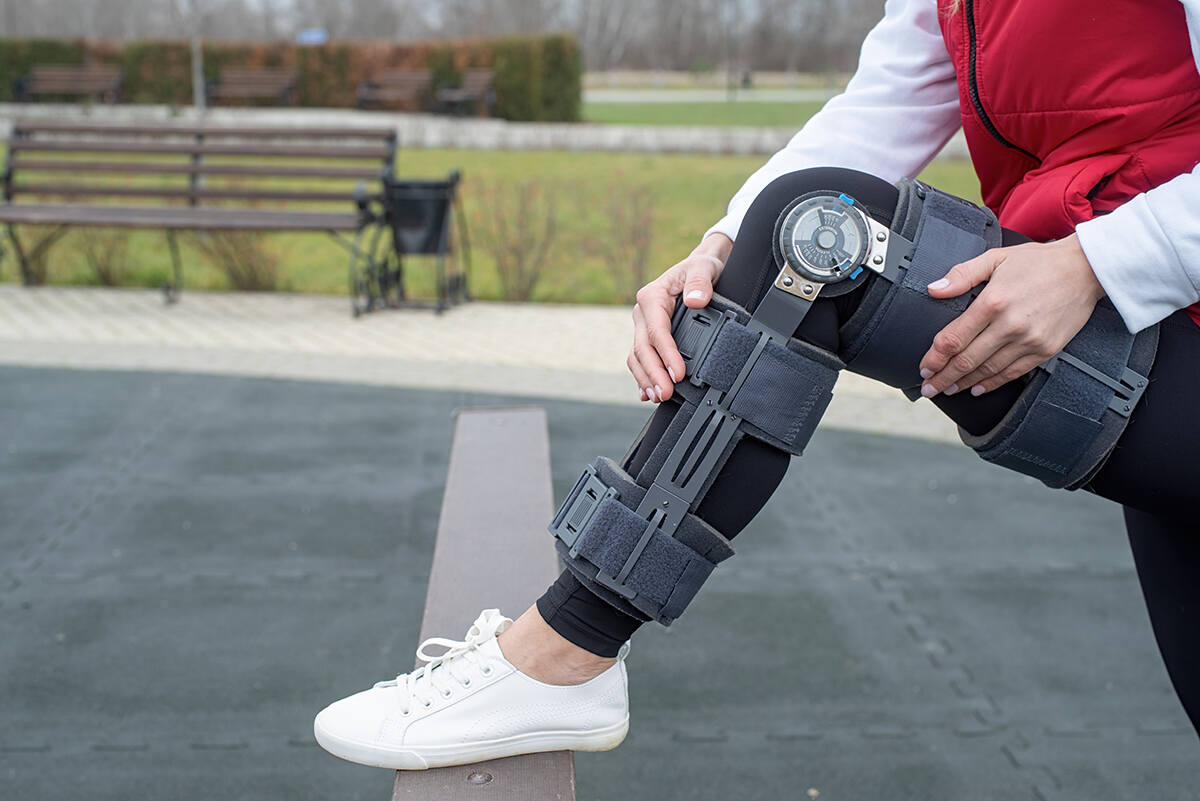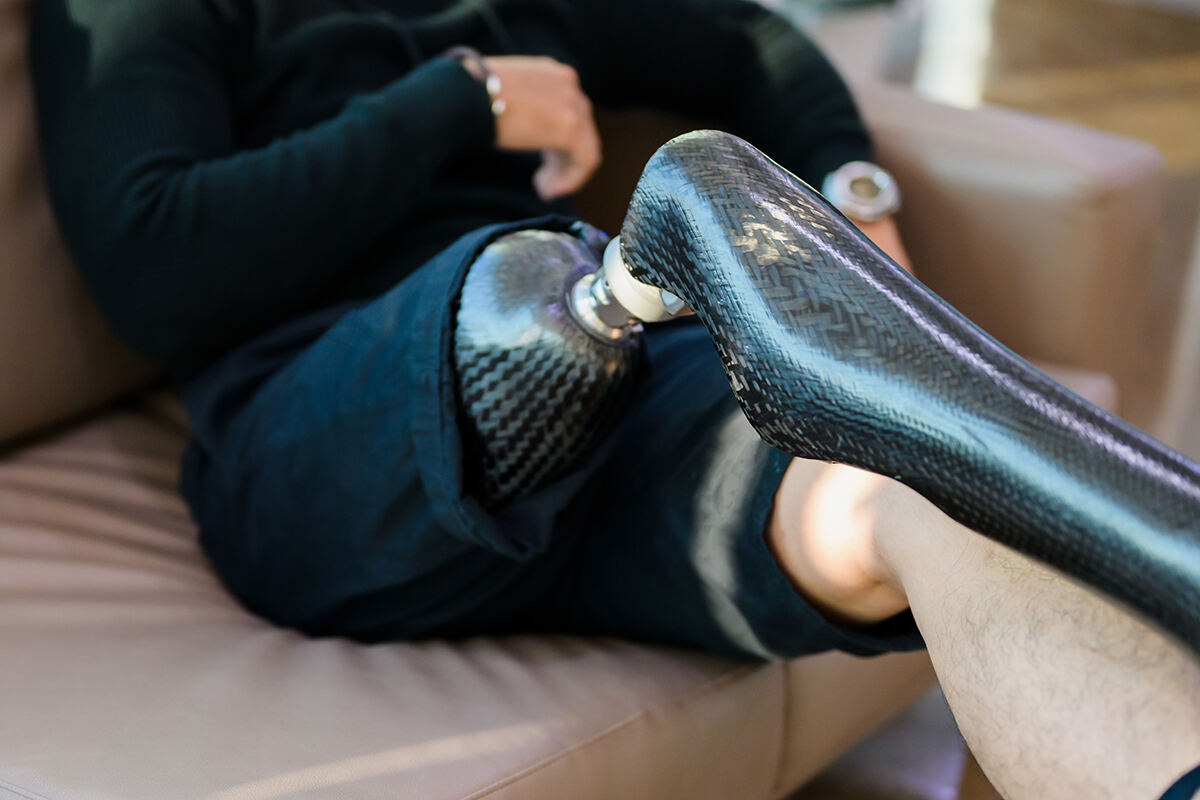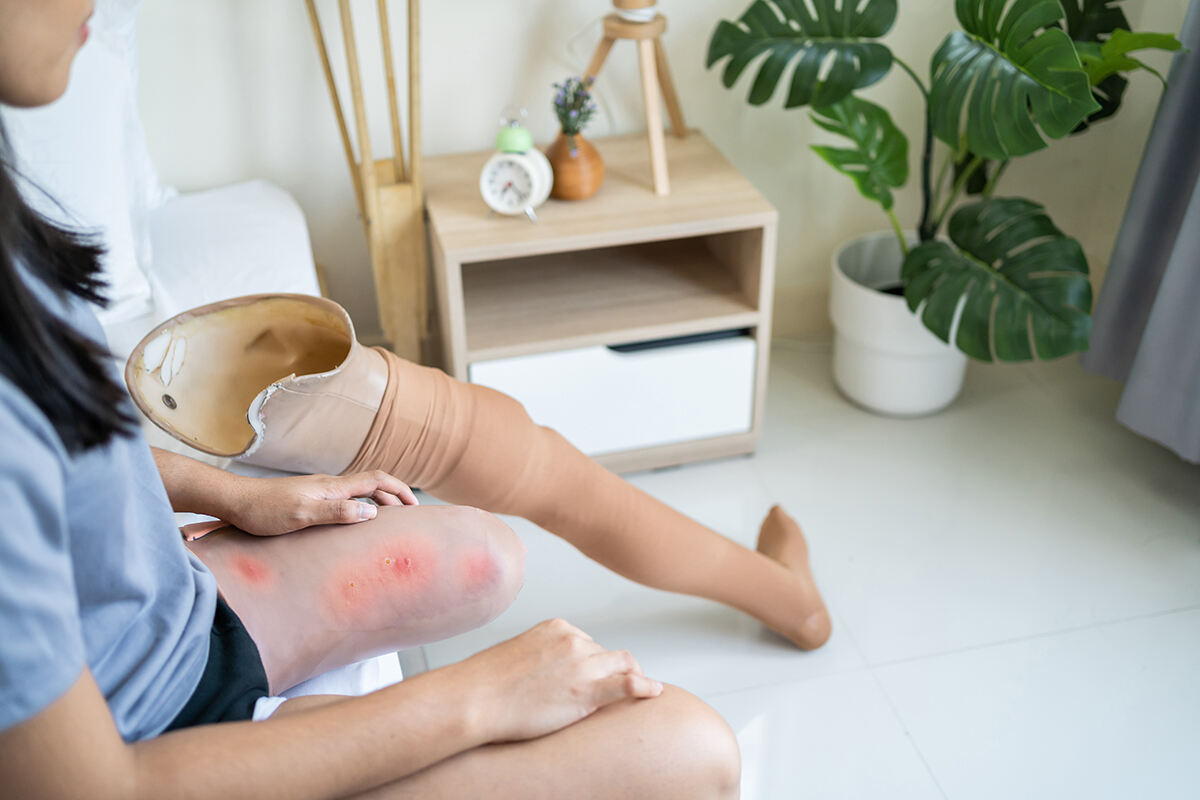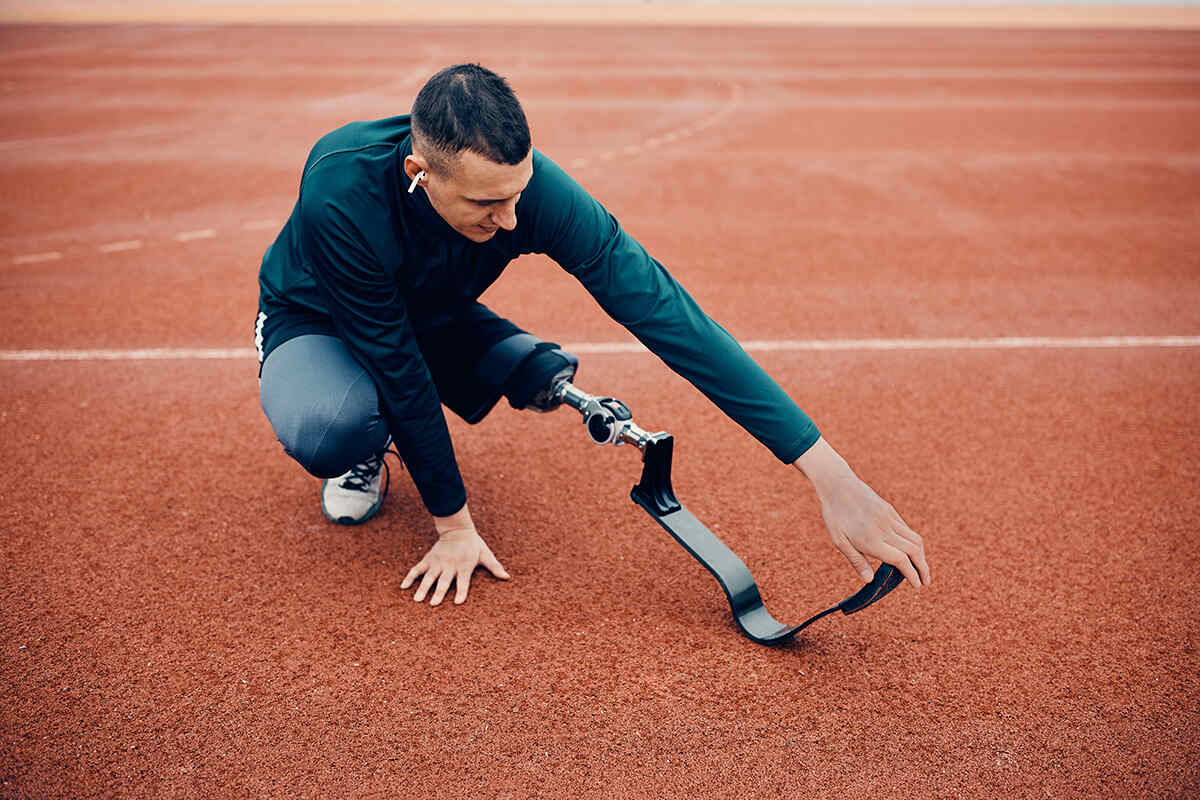How is the emergence of 3D printed prosthetics reshaping the landscape for amputees? This article dives into the core benefits of 3D printing in prosthetic creation—highlighting the unprecedented levels of personalization, reduced costs, and expedited production that are empowering individuals worldwide.
Key Takeaways
- 3D printing revolutionizes prosthetics with customization, enabling personalized, comfortable, and cost-effective devices that greatly improve user experience and accessibility for amputees worldwide.
- Innovative 3D printed prosthetics like bionic arms and animal prosthetics demonstrate the versatile applications of the technology, which extend beyond mere functional replacements and into advanced adaptability and restoring normal life for various beings.
- The future of 3D printed prosthetics is promising with technological advancements improving design and functionality; however, widespread adoption faces challenges such as regulatory hurdles and skepticism within the medical community which need to be addressed.
The Impact of Additive Manufacturing on Prosthetics
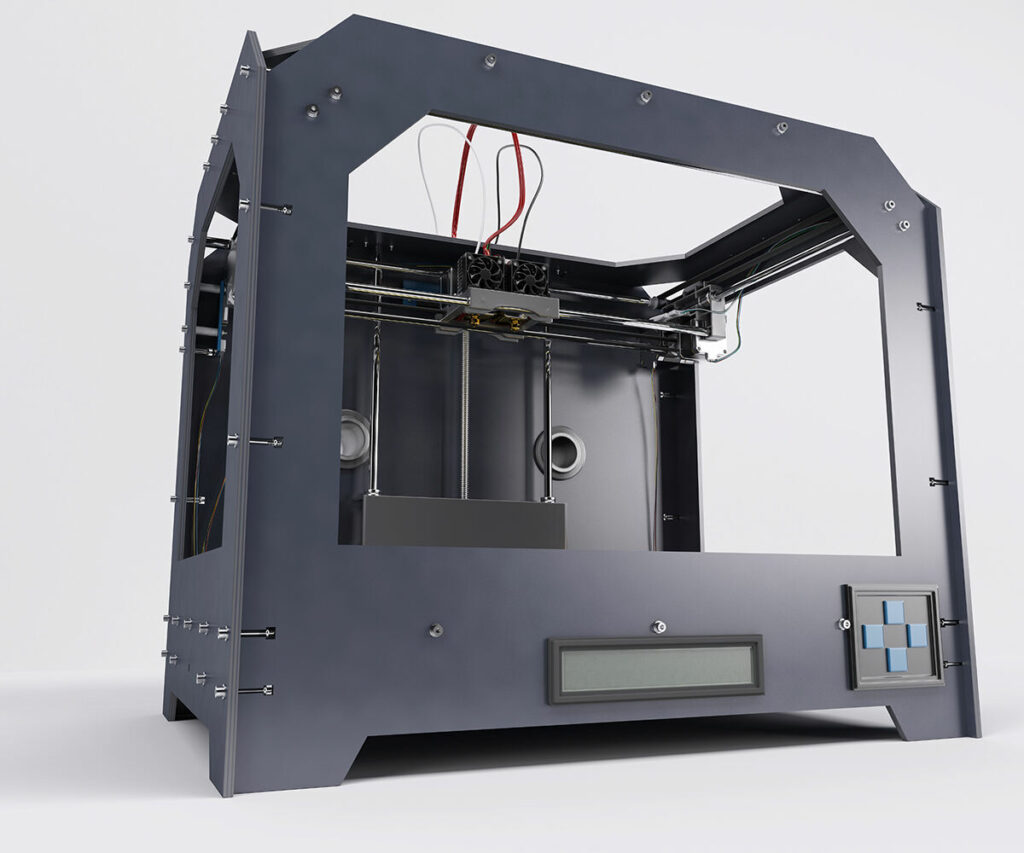
Additive manufacturing, or 3D printing, is not just another technological innovation; it’s a game-changer for prosthetics. It has fundamentally altered the way we design, produce, and distribute prosthetic devices. This transformative technology has opened up new opportunities for customization, rapid prototyping, and cost efficiency that were unimaginable with traditional methods.
The real magic of additive manufacturing lies in its ability to create complex structures layer by layer, making it possible to produce personalized prosthetics that fit like a glove. Additive manufacturing enables prosthetics to be no longer one-size-fits-all; they are tailored to the unique needs of each individual, leading to enhanced comfort and performance.
Rapid prototyping allows for swift modifications and delivery of multiple devices over time, an advantage particularly useful for growing children. And the cherry on top? All this comes at a fraction of the cost of traditional prosthetics, making these life-changing devices more accessible to amputees worldwide.
Customization and Personalization
Customization is at the heart of 3D printed prosthetics. The process starts with a digital scan of the healthy limb, which is then mirrored to serve as the base for the prosthetic. This scan data is fed into a modeling software, where the design is customized to fit the user’s body like a second skin.
Rapid Prototyping
Rapid prototyping is another major advantage that 3D printing brings to the table. It’s all about creating a physical part, model, or assembly quickly using 3D CAD data and additive manufacturing methods. This iterative method enables prompt design validation and prototype testing, leading to improved patient outcomes.
Rapid prototyping not only expedites the development cycle but also minimizes material waste and reduces manufacturing costs. This means faster access to prosthetic devices, especially for patients in remote areas. Additive manufacturing has made it possible to create custom-fit sockets and fully functional parts in a fraction of the time it took with traditional methods, making prosthetics accessible to a broader demographic.
Cost Efficiency
The affordability of 3D printed prosthetics is a game-changer. Additive manufacturing has significantly reduced the time, cost, and weight of prosthetic devices. This is primarily due to the streamlined design process enabled by 3D printing technology.
This cost efficiency has had a profound impact, especially in developing countries. Previously, access to prosthetics was severely restricted due to financial constraints. Now, thanks to organizations like LifeNabled, affordable prosthetics are within reach for many more individuals, improving their quality of life.
Innovative Examples of 3D Printed Prosthetics
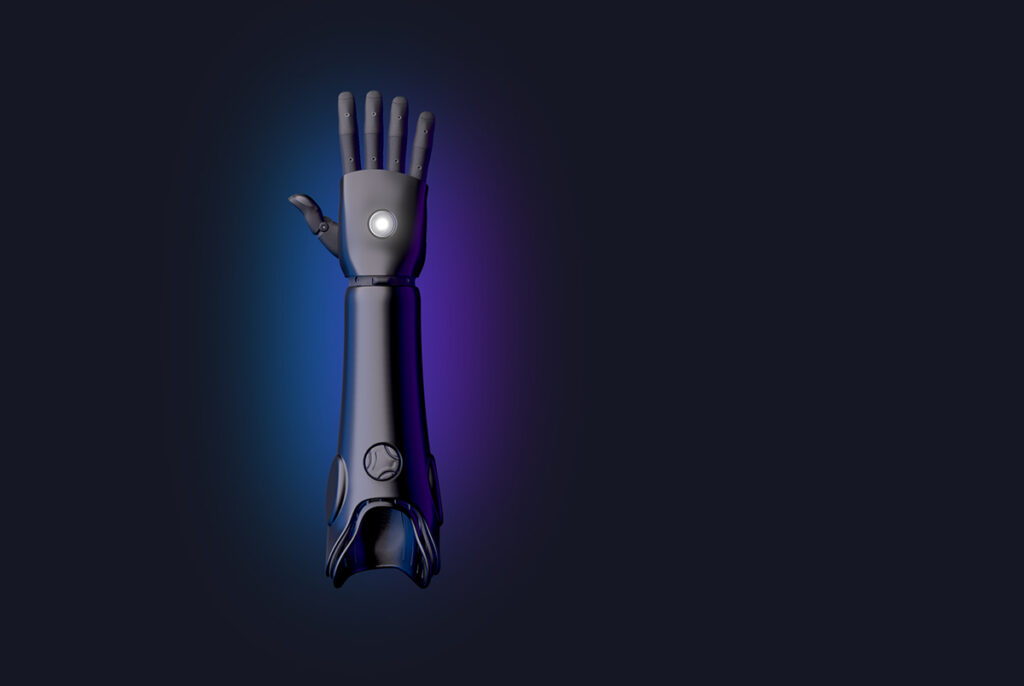
Innovations in 3D printed prosthetics are not just about functionality and affordability; they are also pushing the boundaries of what is possible. From bionic arms with advanced functionality to custom-fit sockets for enhanced comfort, these examples highlight the vast potential of 3D printing technology.
Even in the animal kingdom, 3D printing is making waves. Customized prosthetics are being created for animals, offering them a new lease on life. The use of 3D printing in creating animal prosthetics reminds us that the benefits of this technology are not limited to humans alone.
Bionic Arms with Advanced Functionality
The Hero Arm, developed by Open Bionics, is a shining example of a 3D printed bionic arm. Manufactured using Selective Laser Sintering with Nylon PA12, this arm is packed with innovative features.
The bionic hand of the Hero Arm is controlled through the contraction of the same muscles used to open and close a biological hand. This allows amputees to intuitively control the bionic arm, improving their mobility. Specialized sensors recognize muscle movements, while haptic vibrations, beepers, buttons, and lights deliver notifications to aid in controlling the bionic arm movements.
Custom-Fit Sockets for Enhanced Comfort

Comfort is a key factor when it comes to prosthetics, and 3D printing has opened up new possibilities in this area. The process of creating a custom-fit socket starts with a cast of the residual limb, followed by a 3D scan. This is then used to develop a personalized socket model via computer-aided design (CAD) software.
These custom-fit sockets offer the following benefits:
- Provide a precise fit
- Distribute pressure evenly
- Reduce movement in the residual limb
- Use materials like silicone for additional cushioning
- Increase wear-time
- Improve control
With 3D printing, comfort and functionality go hand in hand.
Animal Prosthetics
Not only are 3D printed prosthetics used for humans, but they are also utilized for other species. Animals too have benefited from this technology. Customized prosthetics are now being created for animals, offering them a chance at a normal life.
One such example is Millie, a greyhound from Australia, who was fitted with a 3D printed prosthetic. The process involved a 3D scan of the animal, followed by the creation of a custom prosthesis based on that scan. This allowed for multiple adjustments and refinements to ensure a perfect fit.
The story of Millie highlights the potential of 3D printed prosthetics to bring about positive change, even in the animal kingdom.
Materials and Safety Considerations
The effectiveness and durability of 3D printed prosthetics depend largely on the materials used and the safety considerations followed. Common materials include durable and lightweight plastics, with internal structures made of carbon fiber, titanium, or aluminum. These materials help ensure the longevity of the prosthetics, which typically have a lifespan of 3-5 years.
Safety is paramount when it comes to 3D printed prosthetics. This means adhering to current good manufacturing practices, using materials that meet safety regulations, and implementing comprehensive quality assurance testing. Only when these safety and quality considerations are met can 3D printed prosthetics truly deliver on their promise.
Material Choices
Selecting appropriate materials is fundamental to the successful production of 3D printed prosthetics. Materials such as acrylonitrile butadiene styrene (ABS) plastics, Bridge nylon, and lightweight metals like titanium offer the right balance of strength and weight.
For children’s prosthetics, materials like:
- polyethylene
- polypropylene
- acrylics
- polyurethane
are often used due to their safety and flexibility. The choice of material depends on several factors, including the 3D printing process, the patient’s needs, and the desired comfort, longevity, and weight of the prosthetic.
Ensuring Safety and Quality
Ensuring safety and quality in 3D printed prosthetics involves several steps, including:
- Adhering to good manufacturing practices
- Using safe and long-lasting materials like plastics and UV-curable elastomers
- Conducting comprehensive quality assurance testing.
Potential hazards, such as susceptibility to high temperatures and the risk of pressure sores, can be mitigated by following safety protocols and conducting regular examinations of the prosthetics. By taking these measures, we can ensure that 3D printed prosthetics are not just innovative but also safe for the users.
Collaborative Efforts and Global Impact
3D printing has not just transformed prosthetics; it has also brought people together in a common cause. Organizations like E-Nable, with their global network of volunteers, are making a difference by providing low-cost prosthetics to those in need.
3D printed prosthetics are also making a significant impact on a global scale, by providing much-needed assistance to for example war victims. Collaborations between humanitarian organizations and 3D printing companies are bridging the gap, making prosthetics accessible to those affected by war.
E-Nable and its Global Network
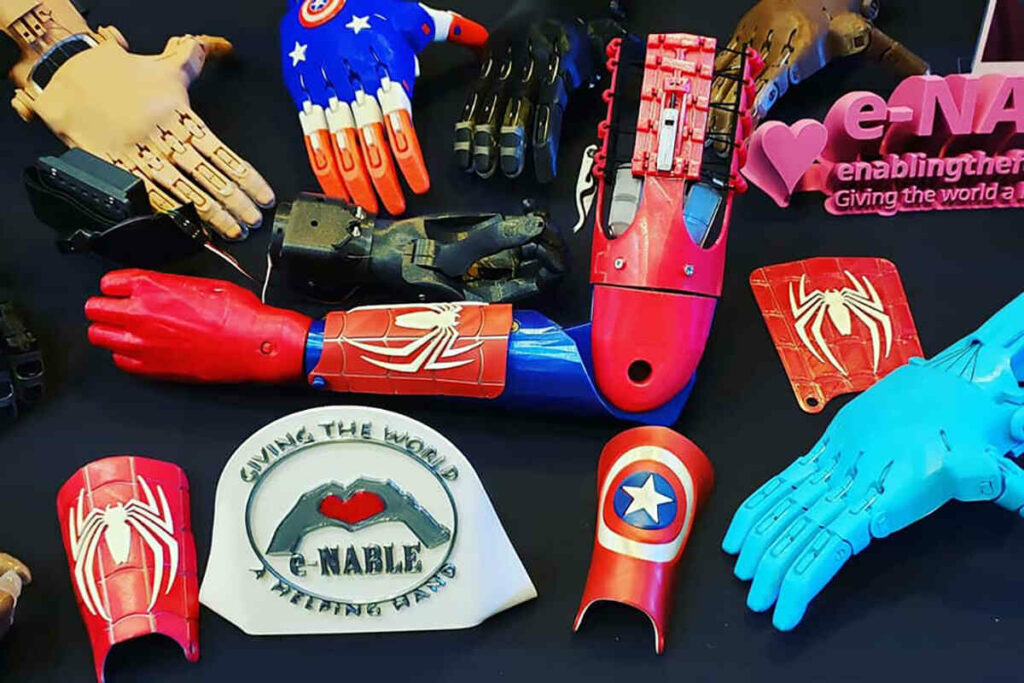
E-Nable is a shining example of how collaborative efforts can bring about a positive change. This global network of volunteers uses their personal 3D printers to create custom prosthetic hands for individuals in need. This not only enhances the accessibility of prosthetics but also significantly improves the quality of life for many amputees.
With around 40,000 volunteers worldwide, E-Nable has managed to manufacture and distribute tens of thousands of prosthetic hands and arms globally. Their achievements include:
- Manufacturing and distributing affordable prosthetics, priced at around $25 to $50 each
- Making prosthetics accessible to all
- Marking a significant achievement since their initiative began in 2014.
Prosthetics for War Victims
War victims, among those with the highest need for prosthetics, are greatly benefiting from the role 3D printing is playing in their aid. Humanitarian organizations like the International Committee of the Red Cross (ICRC) have partnered with 3D printing companies to create prosthetics for war victims. These collaborations have made a significant impact.
The Future of 3D Printed Prosthetics
The outlook for 3D printed prosthetics is optimistic. Current technology advancements are set to continue, with improvements expected in design, functionality, and affordability of prosthetic devices. However, for this potential to be fully realized, there are barriers to adoption that need to be overcome.
These barriers include regulatory hurdles and skepticism from the medical community. But with continued advocacy, education, and demonstration of the benefits of 3D printed prosthetics, these obstacles in the medical industry, including regulatory compliance, can be overcome.
The future holds promise for 3D printed prosthetics, which are a type of medical devices, and as research and development progress, these devices could transform innumerable lives.
Technological Advancements
Advancements in 3D printing technology are poised to augment the functionality, aesthetics, and affordability of prosthetics. Future innovations are likely to include improved designs with enhanced sensor integration, allowing for a closer emulation of natural limb functionality and significantly elevating the user experience.
The advancements in prosthetic technology include:
- Bionic and myoelectric limbs with sensory feedback
- Customized socket interfaces
- Utilization of lightweight materials
- Advancements in bio-integration technologies
- 3D printed prosthetics
These advancements in prosthetic arms, prosthetic leg, prosthetic limbs, and prosthetics hands technology represent a significant leap forward in prosthetic technology and show a promising future for amputees.
Overcoming Barriers to Adoption
While 3D printed prosthetics offer numerous benefits, obstacles to their broad acceptance remain. These include skepticism from the medical community and regulatory hurdles. However, measures are being implemented to overcome these challenges, such as volunteering for organizations that offer 3D printed prosthetics and advocating for the incorporation of 3D printing into medical education.
The medical community has expressed a favorable reception towards the use of 3D printed prosthetics, acknowledging enhancements in surgical accuracy and the tailored adaptation of prosthetics to effectively cater to individual patient requirements. Through ongoing advocacy and education, these obstacles can be surmounted, leading to the more universal acceptance of 3D printed prosthetics.
Summary
3D printing is revolutionizing the world of prosthetics, transforming the way these medical devices are designed, produced, and used. Advancements in this field have opened up new possibilities for customization, rapid prototyping, and cost efficiency. These benefits, combined with global collaborations and innovative examples of use, show that 3D printed prosthetics are more than a technological novelty – they are a life-changing innovation. The future holds immense promise, and as we continue to overcome barriers to adoption, 3D printed prosthetics will play an increasingly important role in improving the lives of amputees around the world.
Frequently Asked Questions
How much does a 3D printed prosthetic cost?
A 3D printed prosthetic can cost about $50 in materials, making it a much more affordable option compared to myoelectric devices that can cost up to $45,000. Keep the difference in mind when considering your options.
Is 3D printing good for prosthetics?
Yes, 3D printing is beneficial for prosthetics as it allows for fully customized, cost-efficient, and comfortable prosthetic devices that greatly improve the lives of amputees. It also enables quicker production and lighter designs for enhanced wearer comfort.
How long do 3D printed prosthetics last?
A 3D printed prosthetic can last for 3–5 years if properly manufactured, although children may need replacements as they outgrow the prosthetic. It’s important to take growth into consideration when using 3D printed prosthetics.
What is the impact of 3D printing on the cost efficiency of prosthetics?
The impact of 3D printing on the cost efficiency of prosthetics has been significant, as it has reduced manufacturing time, cost, and weight, making prosthetic devices more accessible to a wider patient base. This has particularly benefited patients in developing countries.





